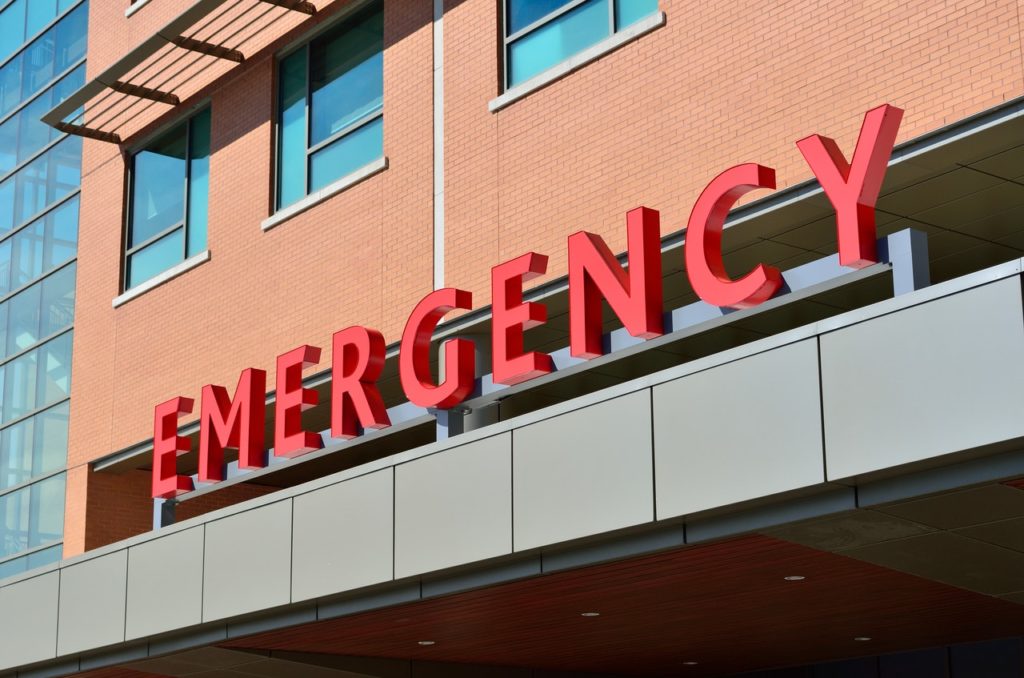When it comes to saving lives, every second counts in providing intensive care to individuals and patients; whether it’s someone getting a cardiac arrest, a vehicular accident, a building catching fire, or widespread flooding in a particular area, emergency situations should never be taken lightly. That said, rescue groups and authorities will need to be quick on their feet in responding to any situation, no matter what time of the day it is.
Although there are simple ways of administering first aid to patients, most medical professionals will have the necessary equipment and tools to provide the necessary amount of care to individuals. Historically, how tools and equipment are used will usually be determined by advancements in technology. In this case, a lot of medical equipment have enjoyed advancements, especially in increasing the likelihood of survival for a lot of patients that have medical conditions.
But what are some key innovations that have helped individuals in emergency situations?
Here’s what you’ll need to know.
Miniaturizing Equipment
If you haven’t noticed, a lot of devices that were once bulky and heavy in the last few decades have gotten significantly smaller as the years pass. Moore’s law would suggest that the efficiency of CPUs and processors will become twice as efficient while the manufacturing cost of such parts will be cut in half. That said, a lot of devices, whether they’re computers, smartphones, or medical equipment, have become considerably smaller (or more efficient) in the last few years.

Physicians and doctors can now easily travel towards other countries with imaging equipment and hand-held devices that would otherwise not be possible in the last few years. Miniaturization has definitely helped a variety of different medical fields, especially when it comes to endoscopy and comprehensive scans.
Researchers have also determined that when patients and individuals are more aware of their vital signs, they can take necessary preventive measures in ensuring that they won’t have any health complications in the near future.
Telemedicine and Paramedicine
Mobile phones are known for being one of the most used devices by a good majority of the population. In fact, there are more than 5 billion smartphone users around the world. Most individuals use phones as a means of communicating, searching for services, and buying goods. But other than just being used for everyday tasks, mobile devices can also be used during emergencies, especially for individuals that may be placed in hazardous situations or need emergency care.
Fortunately, mobile integrated health care services can provide the necessary information needed in tracking the health of individuals within a community. This is a great way of cutting down on the energy needed for tracking the health of patients in remote areas, as well as making data collection even more convenient. When it comes to emergencies, these EMS services are a great way of cutting down on time needed.
Real-Time Locating System
This functions in the same way as systems that are used in clinics and hospitals in managing patients. This is technology has been incorporated into a variety of different systems in tracking the movement of patients, staff members, and equipment within the medical facility. This is a great way of increasing logistical support for hospitals and administrations of businesses.
As technology progresses and evolves to cater to the needs of the general population and answer social and medical issues, emergencies are definitely a priority when it comes to incorporating the latest technology. Whether it’s having on-the-fly health care services or hand-held medical equipment, there are definitely a variety of ways of responding to emergencies.
